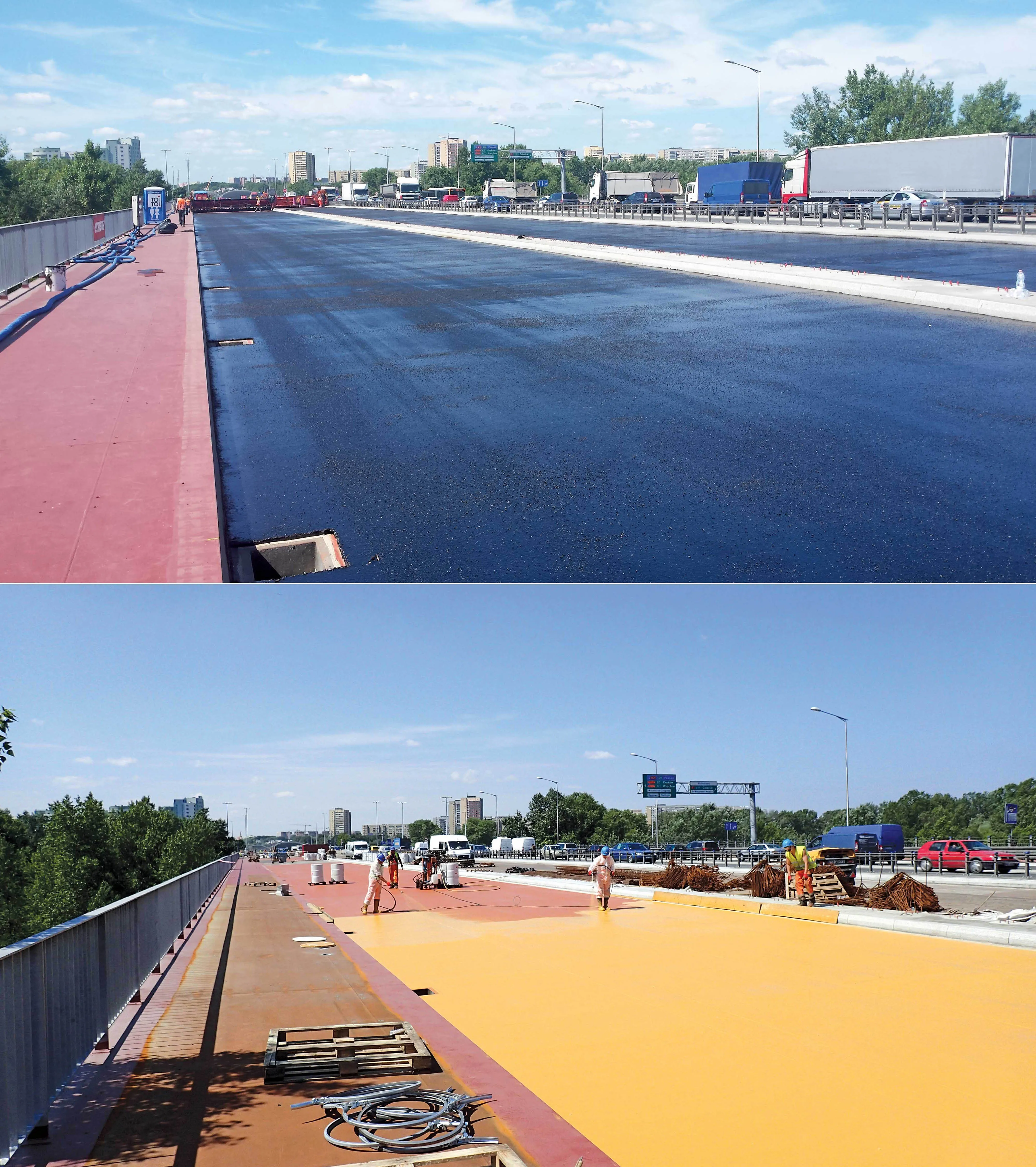Following the long-awaited release of Dainese’s D-air Racing suit earlier this year, the Italian brand says it is now ready to release the road-going version of the system, D-air Street, which is set to go on sale in the Spring of 2012. Specifically designed for use on public roads; the system is composed of the Motorcycle Kit (MKit) and either an outer waistcoat or jacket, to host the airbags. The MKit, fitted to the user’s motorcycle is the brain of the system. It features a pair of accelerometers - one u
April 26, 2012
Read time: 3 mins
RSSFollowing the long-awaited release of 5284 Dainese’s D-air Racing suit earlier this year, the Italian brand says it is now ready to release the road-going version of the system, D-air Street, which is set to go on sale in the Spring of 2012.
Specifically designed for use on public roads; the system is composed of the Motorcycle Kit (MKit) and either an outer waistcoat or jacket, to host the airbags. The MKit, fitted to the user’s motorcycle is the brain of the system. It features a pair of accelerometers - one under the seat, and the other on the front forks. There is also a fall sensor that is physically connected to a display unit on the dash, to show the rider system information. Inside the clothing garment is the airbag device, which features two airbags both with a volume of 12 litres. They also include two cold automotive-type gas generators run by battery powered electronics, with an average life of 30 hours, and a five-hour charging time.
The system has been designed to protect the spine in conjunction with a back protector, limit movement of the neck whilst rolling, and to protect the upper abdomen and chest. The unit automatically switches on when the ignition is started, and communicates with the airbags via a two-way radio link. Once activated, the MKit detects the airbags and the connection is signalled to the rider on the display, together with battery life information.
The system is set to identify head on collisions with a 45-degree angle impact or a slide, once trigged the airbags are deployed within 45millieseconds protecting the wearer. A pillion passenger can also be protected by the system if also wearing a D-air Street garment, this will link into the MKit and the rider will be able to see the status of the pillion’s system on screen.
D-air Street is available in three garment styles, an outer waistcoat, gore-tex jacket and a textile jacket, which has removable sleeves for all-round use. As well as the airbag system each garment also includes a fitted back protector, with removable shoulder and elbow protection, excluding the waistcoat. Standard features also include removable thermal liners, outside pockets and adjustable waistbands.
D-air Street is currently undergoing the TÜV SÜD certification process and Dainese is positive it will reach the levels required. The D-air Racing system is already certified by TÜV SÜD.
To see the D-air Street in action visit: www.dainese.com/uk_en/d-air/d-air-street
Specifically designed for use on public roads; the system is composed of the Motorcycle Kit (MKit) and either an outer waistcoat or jacket, to host the airbags. The MKit, fitted to the user’s motorcycle is the brain of the system. It features a pair of accelerometers - one under the seat, and the other on the front forks. There is also a fall sensor that is physically connected to a display unit on the dash, to show the rider system information. Inside the clothing garment is the airbag device, which features two airbags both with a volume of 12 litres. They also include two cold automotive-type gas generators run by battery powered electronics, with an average life of 30 hours, and a five-hour charging time.
The system has been designed to protect the spine in conjunction with a back protector, limit movement of the neck whilst rolling, and to protect the upper abdomen and chest. The unit automatically switches on when the ignition is started, and communicates with the airbags via a two-way radio link. Once activated, the MKit detects the airbags and the connection is signalled to the rider on the display, together with battery life information.
The system is set to identify head on collisions with a 45-degree angle impact or a slide, once trigged the airbags are deployed within 45millieseconds protecting the wearer. A pillion passenger can also be protected by the system if also wearing a D-air Street garment, this will link into the MKit and the rider will be able to see the status of the pillion’s system on screen.
D-air Street is available in three garment styles, an outer waistcoat, gore-tex jacket and a textile jacket, which has removable sleeves for all-round use. As well as the airbag system each garment also includes a fitted back protector, with removable shoulder and elbow protection, excluding the waistcoat. Standard features also include removable thermal liners, outside pockets and adjustable waistbands.
D-air Street is currently undergoing the TÜV SÜD certification process and Dainese is positive it will reach the levels required. The D-air Racing system is already certified by TÜV SÜD.
To see the D-air Street in action visit: www.dainese.com/uk_en/d-air/d-air-street







